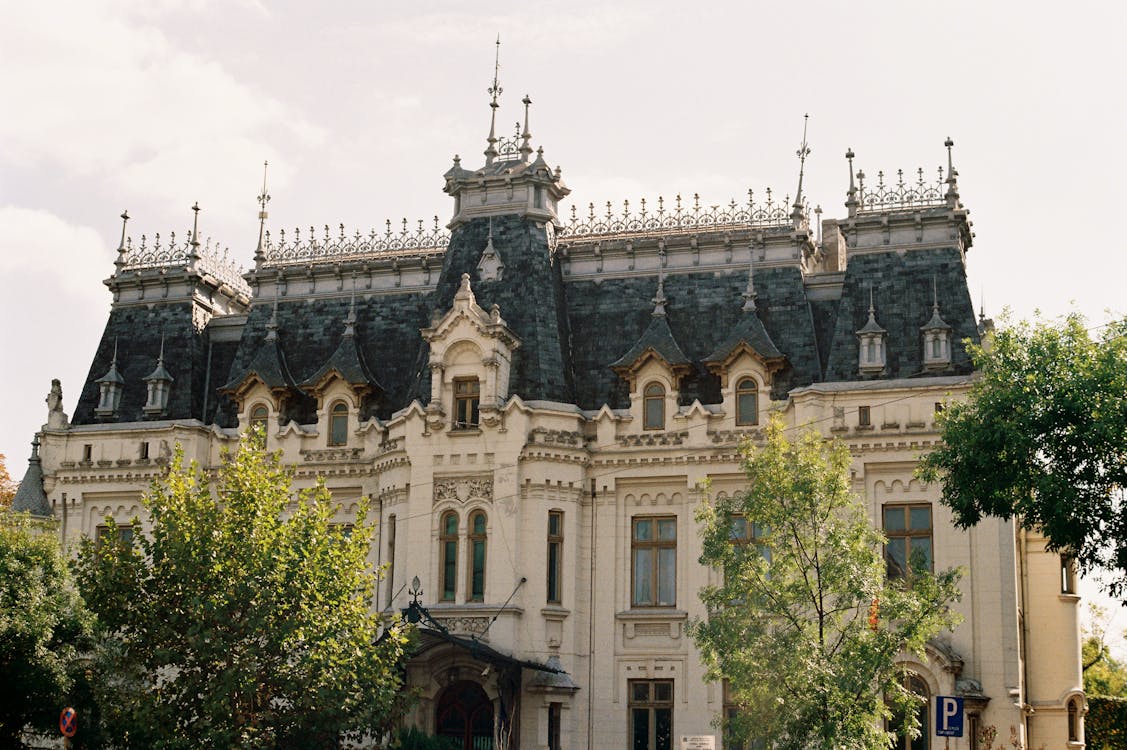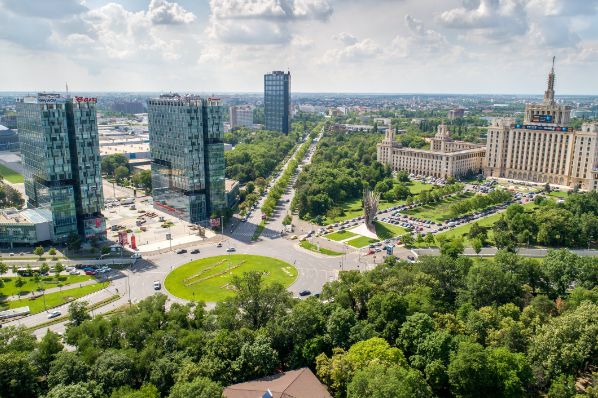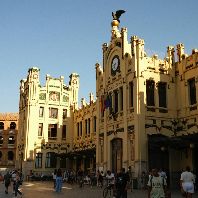Exploring the evolution and resilience of Bucharest’s real estate
The real estate market in Romania, particularly in Bucharest, has been influenced by the country's economic and political history. There were significant changes in the real estate sector due to the shift from a planned economy to a market-oriented one in the 1990s. The market experienced a boom in the 2000s, but the global financial crisis 2008 resulted in a downturn. Housing market policies, tax incentives, and subsidies have played a significant role in shaping the market. Due to the COVID-19 pandemic, there has been a shift in preference, and more people are now looking for properties that have outdoor spaces and home offices. Bucharest continues to be a hub for real estate investments, with suburban areas, as well as the central districts of Sector 1 and Sector 2, attracting interest.

Bucharest’s residential market affordability
According to Colliers' experts, there will be an increase in demand and affordability in Romania's residential market. The need for affordable residential units is likely to persist due to overcrowding in many of Romania's dynamic cities and economic regions. Strong wage growth and the central bank's anticipated relaxation of monetary policy by mid-2024 are expected to boost purchasing interest. Although affordability has declined slightly in recent years, it is expected to improve from 2023 onwards, creating a favourable situation for consumers.
Romania maintains its position as one of the most affordable housing markets in Europe, according to the Deloitte Property Index 2023. The report shows that the average price of a new dwelling in the country is €1,417 per m2, up from €1,266m2 in 2021. Romania ranks third in terms of the cheapest housing markets, following Bosnia and Herzegovina and Greece. The study further reveals that the average Romanian would need 6.3 annual gross salaries to purchase a 70M2 home, placing the country sixth on the list of the most affordable markets in Europe, after Belgium, Norway, Denmark, Slovenia, and Italy.
The average cost per m2in Bucharest is €1,693, making it the second most expensive city in Romania. Cluj-Napoca takes first place with an average cost of €2,363 per m2 which is a 21.8% increase compared to the previous year.

Bucharest's Industrial and logistics landscape
In 2023, the industrial and logistics market had a good year with consistent demand and supply. The total annual take-up was over 1,000000m2, which was similar to the levels reported in the previous three years. In Q4 alone, almost 300,000m2 were transacted. The main driving force behind the leasing market was new demand, accounting for 66% (672,000M2) of the 2023 gross take-up.
CTP completed the construction of LPP Logistics' foreign distribution centre in Romania within a year. The 65,000m2 warehouse is located in CTPark Bucharest West. Construction started in January 2023 and the facility was stocked and operational by December 2023.
During Q4, more than 174,000m2 of industrial and logistics space was completed in Romania. The annual development activity reached 452,000m2. The prime headline rents in Bucharest and other main industrial and logistics destinations in Romania slightly increased in Q4 2023, ranging between €4.30 - €4.70m2 per month. This upward trend is expected to continue.
Bucharest's office market and its record activity
In Q4, the office market had robust transactional activity, with 116,000m2 leased. The total for the year exceeded 463,000m2, setting an all-time annual take-up record in the city. This was 43% higher than the previous year. However, the net take-up had a share of only 46% of the total leased volume in Q4, with a vacancy rate of 14.7% registered in Bucharest at the end of the year. In Q4, office rents across Bucharest remained stable, and the prime headline rent in the CBD area remained at €22.00M2 per month. Only two projects are under construction in Bucharest, amounting to 42,500m2 GLA.
Robust growth and major investments shape Bucharest's retail market
In Q4, the retail market saw 144,200m2 of new supply, bringing the total 2023 new supply to 213,000m2 GLA, which was a 7-year record. Over 500,000m2 of new projects are currently under different planning and construction stages and are expected to be completed in the next five years.
M Core has officially launched into the Romanian market with its largest deal to date — an investment nearing €219m consisting of 25 managed assets. The deal, which was completed on 6th December, sees M Core purchase a 132,000m2 retail portfolio from Mitiska REIM positioning the collective as the largest property owner in the Romanian retail park market.
In Q4 2023, the prime shopping centre rent in Bucharest stabilized at a level of €80 - €85m2 per month for a €100 - 150m2 unit located in a dominant shopping centre.

Anticipated impacts of Romania's partial Schengen accession
Romania's accession to the Schengen area, which has been in negotiations for over a decade, is one of the most anticipated events of 2024 and is expected to take place in March of this year. The Schengen area, the world's largest free movement area, includes 27 European countries and allows for the movement of over 420 million people. At present, Romania and Bulgaria will only be partially accepted into the European Schengen area, by sea and air, starting on March 31st, according to public data.
Even in partial form, accession to the Schengen area presents significant economic opportunities for Romania. It will increase the accessibility and confidence of foreign investors and will also make cargo transport by air more efficient in important areas like pharmaceuticals, critical infrastructure (military), and e-commerce. The Port of Constanta could become the main gateway from Eastern Europe for EU goods. After the conflict in Ukraine began, cargo traffic on the seafront has been on an upward trend, with a 22.5% increase in 2023 compared to the previous year.
According to the data released by Cushman & Wakefield in the third and fourth quarter of 2023, the inflation rate in Romania has continued to decrease, reaching single digits of 9.1% and 7.1% respectively. This trend is expected to persist in 2024, with levels projected to fall below 5% by year-end. Economic growth in the third and fourth quarters was quite strong at 2.8% and 1.7% respectively. A robust GDP growth ranging from 3.0% - 3.5% has been predicted for 2024.
For more information, please see:
Cushman & Wakefield. Marketbeat















